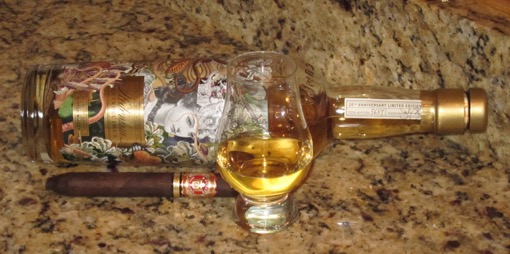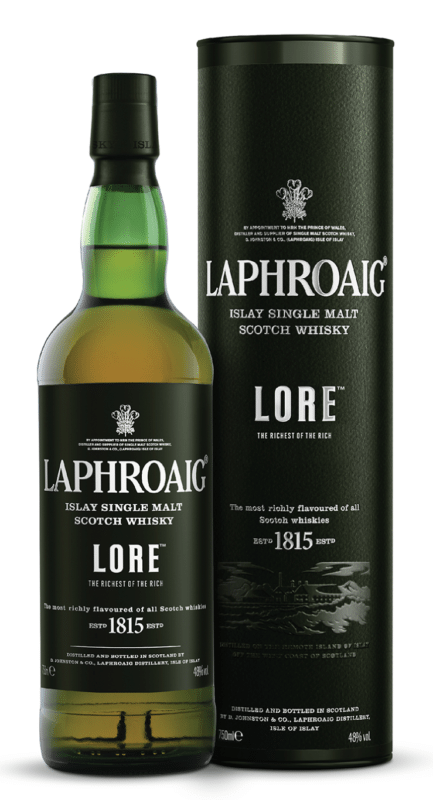
The Food and Drug Administration’s cigar regulations officially took effect on Monday, August 8, a date that will likely live in infamy for the handmade cigar industry. If you follow the industry by reading sites like this one, or if you spend a lot of time in cigar shops, you probably have heard that these regulations will be very bad for premium cigars. That’s true. But the full story is complex.
For starters, the full impact of the rules will take years to see. The various components of the new rules are wide-ranging with differing impacts. Warning labels, ingredient disclosures, sample bans, advertising regulations… Each create burdens for cigar companies, most of which can be passed to consumers. (The only rule change that likely won’t have any real impact is the part of the rule that sets the minimum age for purchasing cigars at 18, since that is the law everywhere already.)
The Biggest Change: FDA Pre-Approval Requirements
By far the biggest change is in what it takes to sell a new cigar in the United States. Before the FDA rules took effect, if you wanted to sell a new cigar, the process for doing so was relatively straightforward.
Basically, if you wanted to bring a new cigar to market and you didn’t own your own cigar factory, you found someone who did and struck a deal. Work out quantities, delivery date, and terms of payment and, depending on how active a role you wanted in blending and quality control, you could have a new cigar for sale in a matter of weeks or months if you were willing to pay for it. (Of course, there are more details and paperwork left out here but, fundamentally, that’s what it took.)
With the FDA rules having gone into effect on Monday, now, before you can sell or market that new cigar in the United States, the FDA must give you its permission. (Within two years, every cigar introduced after February 2007 will have to go through the same process.)
Estimates for the cost of obtaining that permission vary widely from $20,000 to $100,000 or more. Each cigar product (including each size and each packaging option) would need its own approval, though the FDA says the cost per approval should decrease if approval requests are bundled together, presumably as in multiple new sizes of the same blend.
Ultimately, whether the higher or lower estimates prove correct will have a huge impact, with the higher the costs the larger the barrier for new cigars. But just as important, if not more important, is the cost associated with how long the process takes. The FDA told us that the agency has a goal of acting on Substantial Equivalence approval requests (which are the route most cigars are expected to use) within 90 days. That may be the stated goal, but it is one many are skeptical the FDA can achieve, especially when you consider that many of the first cigarette approval requests took years for the agency to act on.
Uncertainty is the Biggest Cost
Talking with those in the cigar industry, I don’t think it would be an understatement to say that uncertainty of how the rules will be applied is almost worse than the impact of the rules themselves. Planning an ongoing business while facing unknown but potentially devastating regulations is all but impossible.
Hypothetically, if by spending $40,000 on the first application and $5,000 on additional sizes of the same blend guaranteed approval in six months, the impact would be bad, especially for smaller companies. But at least it would be known. What is scarier for a company, especially a small business, is spending that money on an application and then potentially having the FDA reject it, or sit on it for years without taking action. This is especially true since you already paid money to have the cigar made for testing and would have to spend more money to secure tobacco to make more when the approval is granted, if it is granted at all.
It’s easy to see how this uncertainty would be paralyzing to a cigar business that already has enough challenges making cigars that appeal to fickle consumers.
Loopholes in the FDA Pre-Approval Regime
I’ve never liked the word loophole when applied to complying with government rules. It implies there is something wrong with complying with the law to the letter, even if it isn’t in the exact way the regulators intended. But whatever you call it, as with any complex law, from the moment the FDA rules were written those affected naturally started to look for ways to lessen the impact.
The most obvious way to avoid or delay the full brunt of the FDA rule was to get cigars on the market prior to August 8. The flood of new cigars this summer suggests many companies took this approach, which buys them 18 months to see what the FDA approval process looks like, and another six months after that to sell their cigars without FDA approval.
Some companies are taking this even further with what are being called “stealth cigars,” which are cigars being delivered to one or a few retailers prior to the deadline without any fanfare with the intention of announcing the “new” cigar publicly at a later date when they are ready for wider distribution and marketing. Although I haven’t seen any examples as of yet, smart companies that were selling cigars in 2007 should have seen the possibility of the grandfather date issue, and made sure that cigars that normally may have been discontinued were kept alive with a small token amount of sales just to keep their options open.
Another possible loophole would be selling limited editions and other cigars overseas where retailers there could then sell them into the United States absent FDA regulations. Since the FDA regulations only apply to cigars made in the U.S., or imported or distributed into the U.S., direct-to-consumer sales from overseas could potentially legally bypass the FDA. Currently, many shops overseas are willing to ship Cuban cigars into the United States, and although the recipient may be violating the U.S. embargo on Cuban products, there isn’t any prohibition on buying cigars for personal use that aren’t of Cuban origin.
Judging the Impact
The full impact of the FDA regime will take at least two years to judge. Because of the flood of new cigars in advance of the rule’s effective date, we are entering a long period of transition. Further, until cigar makers have an idea of how much the approval process will cost and how long it will take, it will be too soon to know how they will react.
Any prediction made now is purely speculative, and absent enactment of the Traditional Cigar Manufacturing Preservation Act, the best we can do now is hope for the best and prepare for the worst.
–Patrick S
photo credits: Stogie Guys






 But I didn’t want to wait to try the new Lore. Introduced earlier this year, Lore fills the vacancy in the Laphroaig lineup left by the 18-year-old expression, which was discontinued last year. A bottle retails for a hefty $125.
But I didn’t want to wait to try the new Lore. Introduced earlier this year, Lore fills the vacancy in the Laphroaig lineup left by the 18-year-old expression, which was discontinued last year. A bottle retails for a hefty $125.

 Patrick Ashby
Co-Founder & Editor in Chief
Patrick Ashby
Co-Founder & Editor in Chief Patrick Semmens
Co-Founder & Publisher
Patrick Semmens
Co-Founder & Publisher George Edmonson
Tampa Bureau Chief
George Edmonson
Tampa Bureau Chief